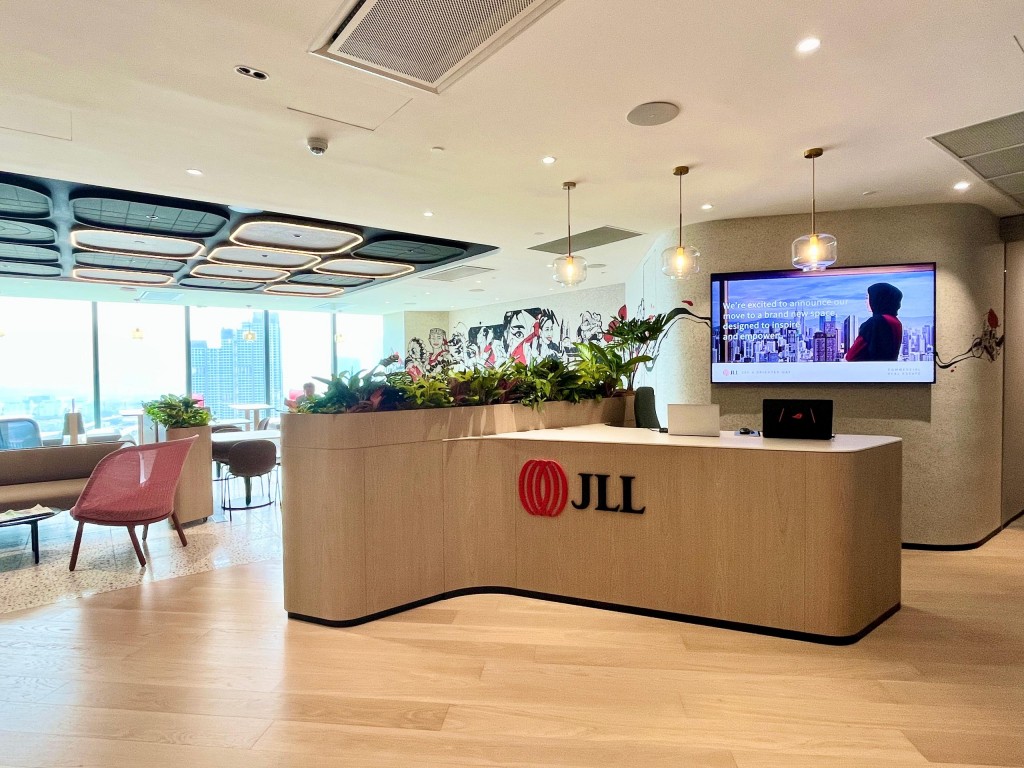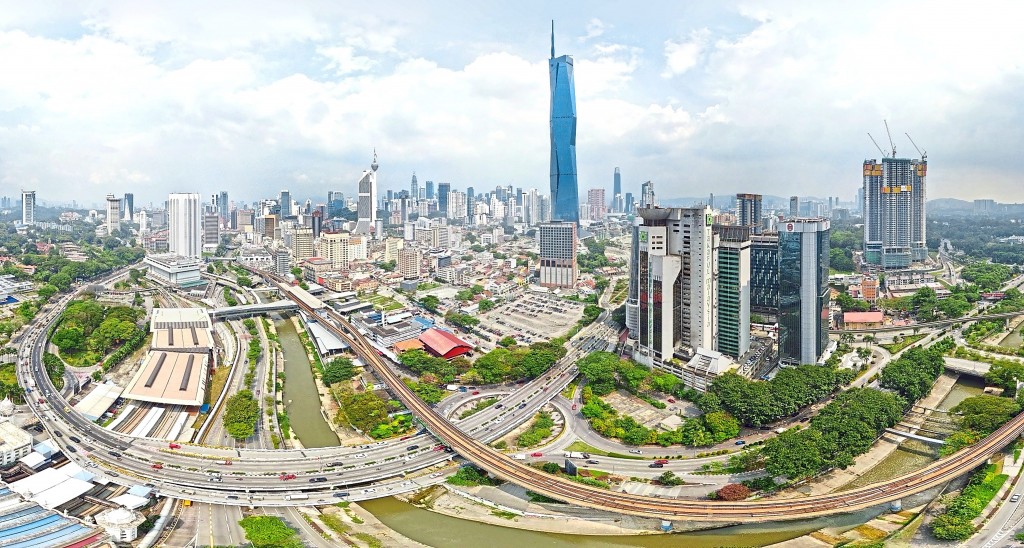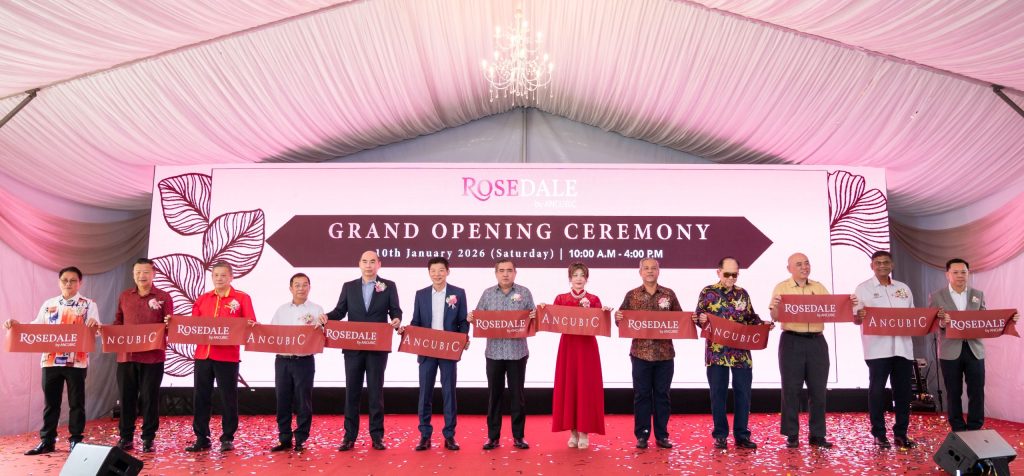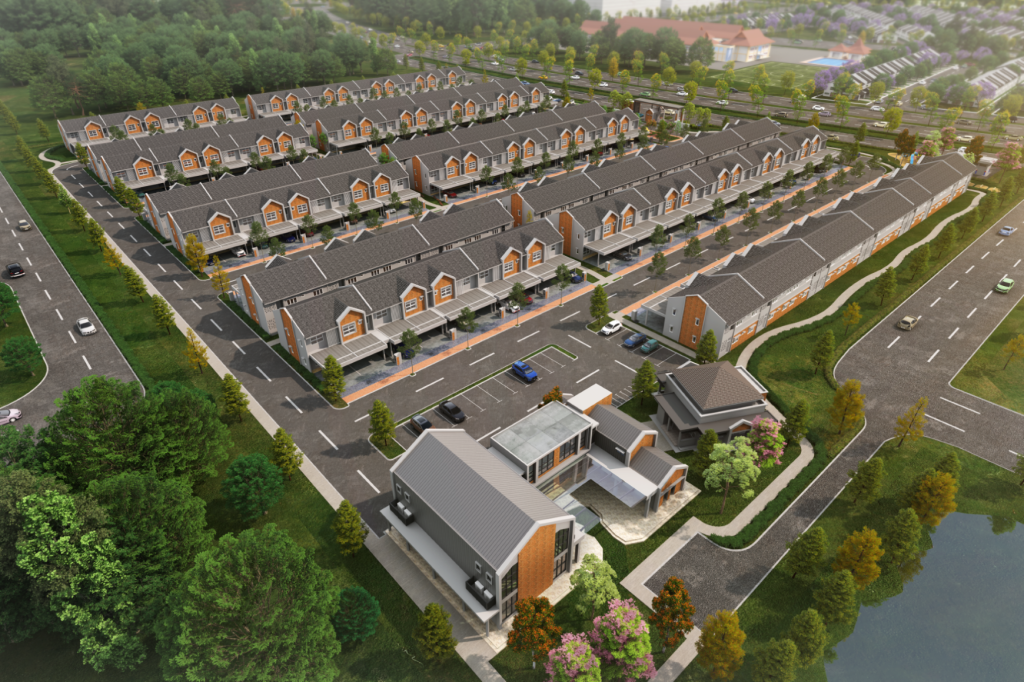Office and EFH spaces shifting to meet new demands
Contributed by Sulaiman Saheh
Even before the world had been hit by the Covid-19 pandemic back in 2020, the term gig economy was already a buzzword in reference to the rising trend of jobs and workers that are in nature independent, temporary and flexible. As digital platforms gain mainstream popularity, the nature of selling products and services became even more accessible and simplified to not only a wider target market, but also doable as a one-man team. This then paves a newer, more accessible road to self-employment and flexible jobs that some find to be the solution to the current struggles of modern life.
In its name, the word gig is defined as a job that is temporary and taken on by an individual that is only contractually employed to complete the specific project or task within an agreed, often short, time period. Following this, a gig economy veers away from the traditional, long-term employment approach by embracing a more shareable, collaborative and mobile employment structure. For individuals, participating in this non-traditional practice enables them to develop a diverse set of skills and be exposed to various experiences and opportunities as they work with multiple employers and companies.
Possible higher income
There is also a greater level of independence and freedom in how work is done and, in some cases, a gig-based income can be higher than its full-time counterpart. But on the risk side, gig contracts typically do not include much, if any, worker’s benefits and entitlements that are given to full-time employees. And since income for gig workers are dependent on the actual availability of the gigs themselves, gig workers often have to always be on the beck-and-call mode to not miss out on any openings and the incomes they entail.
Looking at the bigger picture, having that extent of divergence from the traditional work structure will have its own pronounced impact on the design and function of workspaces. For companies operating under the gig economy umbrella, there are fewer full-time staff on hand and instead, have a majority being part-time or remote working employees that are on shorter-term contracts. This then requires such businesses to seek office spaces that are flexible in adjusting their capacity to accommodate the ever-changing staff size at any given time.
Instead of bulky, permanent cubicle desks, other more flexible desking options such as hot desks and common lounges would be more suited and practical. In the event that any space becomes unused at a given moment, companies may opt to sub-let such spaces and not have them remain vacant while still incurring costs. On the contrary, some companies opt to go office-free entirely and rely on co-working spaces as and when needed. This option not only eliminates the hassle of managing one’s own space constantly but also has the option to pick and choose both pax capacity and tenancy periods accordingly with the co-working space provider.
Though the gig economy is often equated with temporary workspaces, there is also an opinion on the other end of the scale where because the nature of gig employment allows such flexibility for employees, companies are incentivised to invest more into their office spaces as a way to encourage their current employees to stay on rather than move elsewhere to avoid the hassle of re-employing new staffs at frequent intervals. Just as the top talents are enticed by the freedom and control they can gain from gig employment, employers would go to great lengths in making their working spaces desirable to attract and retain such talents. This means office space no longer functions as just a place to work, but evolved into a tool for recruitment and talent retention by providing potential and current employees an experiential space that enables professional collaborative interactions and utilisation of the latest technological advancement.

Workspaces are required to be more flexible to meet the needs of the gig economy and to retain good workers.
As we see more organisations implementing work-from-home (WFH) hybrid policies which tilt the traditional office-centric workspaces to home-offices or remote workspace hybrid, the concept of a residential premise or home is also consequently influenced by the growth of the gig economy. This had changed the configurations of spaces in a home to be more flexible and adaptable for more conducive workspaces during WFH mode. Furthermore, as gig workers tend to be more mobile and nomadic in their lifestyle, the option to rent a home rather than owning one would be more practical for such a group of workers. While some may opt to rent permanently, others may choose to do so until they are financially prepared to make the big purchase when the time is right. This shift in housing preference would then call for a more standardised and well-regulated rental system that is protected and governed by its own lawful Act. Several developed countries have been practising such, especially in cities where residential housing is mainly resided by tenants rather than owner-occupiers.
But when the time has come for a gig worker to purchase their own home, among the issues that can arise for them is getting the housing loan approval. This issue mainly arises from the fact that gig employment does not necessarily come with official play slips or salary statements that banks would commonly use to measure the applicant’s financial risk level. The factor of inconsistent income also plays an important role in whether a loan applicant is deemed qualified by the bank. Seeing a fluctuating income pattern in the past may result in banks limiting your borrowing power and ultimately dash your hopes of affording your dream home. In response to this, the government had announced in Budget 2022 an additional RM2bil guarantee for a new Housing Credit Guarantee Scheme (HCGS) back in October 2021.
Named i-Biaya, the Malaysian Housing Initiative under the Home Ownership Programme (HOPE) was launched in April this year as a way to provide opportunities for youths, especially gig economy workers, to own a home. This initiative is offered through Cagamas Bhd, Syarikat Jaminan Kredit Perumahan (SJKP) or the PR1MA Rent-to-Own (RTO) scheme. Particularly for self-employed and gig workers, financing through Cagamas and SJKP gives the option to not require submitting a salary statement when applying for a mortgage with the participating financial institutions. They are instead assessed based on their monthly financial commitments such as utility bills and online purchases as evidence of their payment track record and financial capability.
Overall, with the pandemic having added its significant weight in relevance, the gig economy is here to stay and is predicted to grow bigger with the advancement of digital platforms and artificial intelligence (AI) operations. Be it at home or work, this non-traditional form of employment will have its own evolving impact on the physical spaces that, once designed to accommodate the traditional structure, now require a makeover to suit the new demand and function. For office spaces, there is a debate between flexible co-working spaces for the office-free goers or highly-tailored headquarters to attract and retain staff. For housing, the necessary changes in documentation and processing to accommodate gig-based income earners looking to purchase their dream home or alternatively, opt for rent in a safe and well-regulated housing rental system. Just as the term new norm is often quoted nowadays in reference to the changes and adjustments embraced post-pandemic, the gig economy is well on its way to becoming a new norm and with it, the correlated physical spaces involved should evolve accordingly as well.

Sulaiman Saheh is the director of research for global real estate consultancy Rahim & Co International Sdn Bhd.
Stay ahead of the crowd and enjoy fresh insights on real estate, property development, and lifestyle trends when you subscribe to our newsletter and follow us on social media.















































